Herodotus, bk 1, logos 1
Herodotus of Halicarnassus (c.480-c.429 BCE): Greek researcher, often called the world's first historian. In The Histories, he describes the expansion of the Achaemenid Empire under its kings Cyrus the Great, Cambyses, and Darius I the Great, culminating in Xerxes' expedition to Greece (480 BCE), which met with disaster in the naval engagement at Salamis and the battles at Plataea and Mycale. Herodotus' book also contains ethnographic descriptions of the peoples that the Persians have conquered, fairy tales, gossip, and legends.
The story of king Croesus (1.1-1.94)
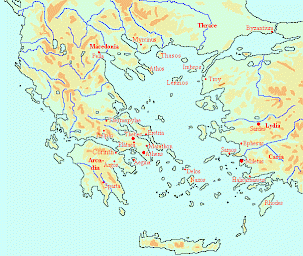
The Histories open with a prologue in which the author announces that he will describe the conflict between the Greek and the non-Greek peoples (= Persians) and will explain how they came into conflict. The man who was responsible for this, was, according to Herodotus, king Croesus of Lydia, a country in the west of modern Turkey. He was the first to subject the Ionian Greeks (living in Asia). After several short stories about Croesus' ancestors Gyges, Ardys, Sadyattes and Alyattes, and Croesus' court and the relations between the Lydians and Ionians (a.o. the story of Arion), Herodotus returns to his main theme: the conflict with Persia. Croesus is worried about the increasing power of his neighbors, and decides to attack them.
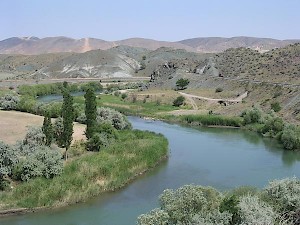
First, he sends many very impressive presents to the oracle of Delphi; the god Apollo suggests him to ally himself with the most powerful Greek city-state, Sparta. Another alliance is concluded with the Egyptian pharaoh Amasis. Having obtained political support, Croesus attacks the Persian empire. The Greek scientist Thales of Miletus is able to give another course to the river Halys, so that the army is not forced to cross it. Having arrived in the Persian empire, Croesus fights an inconclusive battle. He decides to attack again in the following year, but the Persian king Cyrus the Great follows him, defeats him on the plain of Sardes, and starts the siege of the Lydian capital.
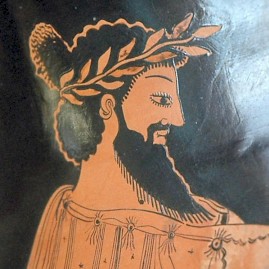
The Spartans are too late to offer help and Cyrus captures Sardes. Croesus is taken prisoner, and placed on a pyre, but is miraculously saved by Apollo. Seeing that Croesus is divinely protected, Cyrus allows the former king to send an envoy to Delphi to ask the god 'if it is the habit of Greek gods to be so unappreciative'. The god of Delphi replies that not even he can escape destiny; and even though he had been eager that the downfall of the Lydian monarchy occurred in the time of Croesus' sons rather than in his own, he had been unable to divert the course of Fate. This logos ends with a digression on Lydian customs.
Comment
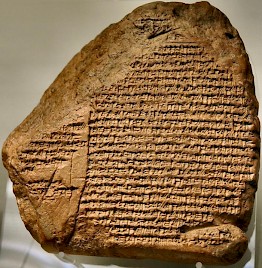
Lydia was well known for its gold; the wealth of Croesus, the first to mint gold, was proverbial.Consequently, this country in western Turkey was a natural target of Cyrus' campaigns.
A cuneiform text from Babylonia (year nine in the Chronicle of Nabonidus) may enable us to assign a date to the end of the Lydian monarchy: 547 BCE. There is, however, a lacuna in the text. It merely says that Cyrus went north along the Tigris, defeated the Ly..., killed their king and took their capital. This has been interpreted as a reference to Lydia, and as evidence that Croesus was executed, but this is almost certainly incorrect.
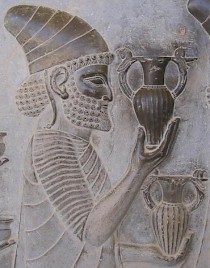
Still, Croesus was not rescued from the pyre. The miraculous survival of a beloved king or leader is a very common folkloristic motif. (Herodotus' colleague Ctesias of Cnidus tells a completely different story about Croesus' miraculous escape from death; Persica, §6). We may compare this story with the tales about the last pharaoh of independent Egypt Nectanebo II, the British king Arthur, the German emperor Frederic Barbarossa, Adolf Hitler and Elvis Presley. It is true that Herodotus mentions Croesus several times as an adviser of the Persian kings Cyrus the Great and Cambyses, but in those stories, he always plays the wise counselor whose sound advise is ignored, a narrative trick Herodotus uses frequently. It is often called the 'tragic warner' motif.
What is certain, however, is that Cyrus conquered Croesus' kingdom. The Lydian kingdom was a great prize to win. Its river Pactolus carried gold, and the proverbially rich Croesus had been the first to mint coins, which he used to pay mercenaries.